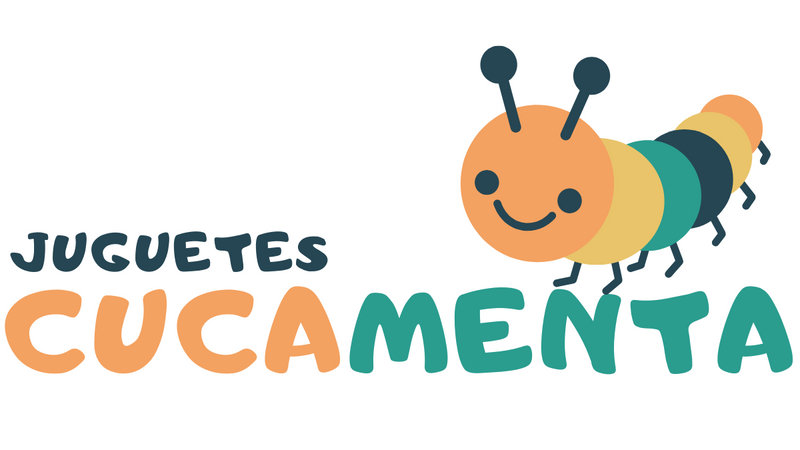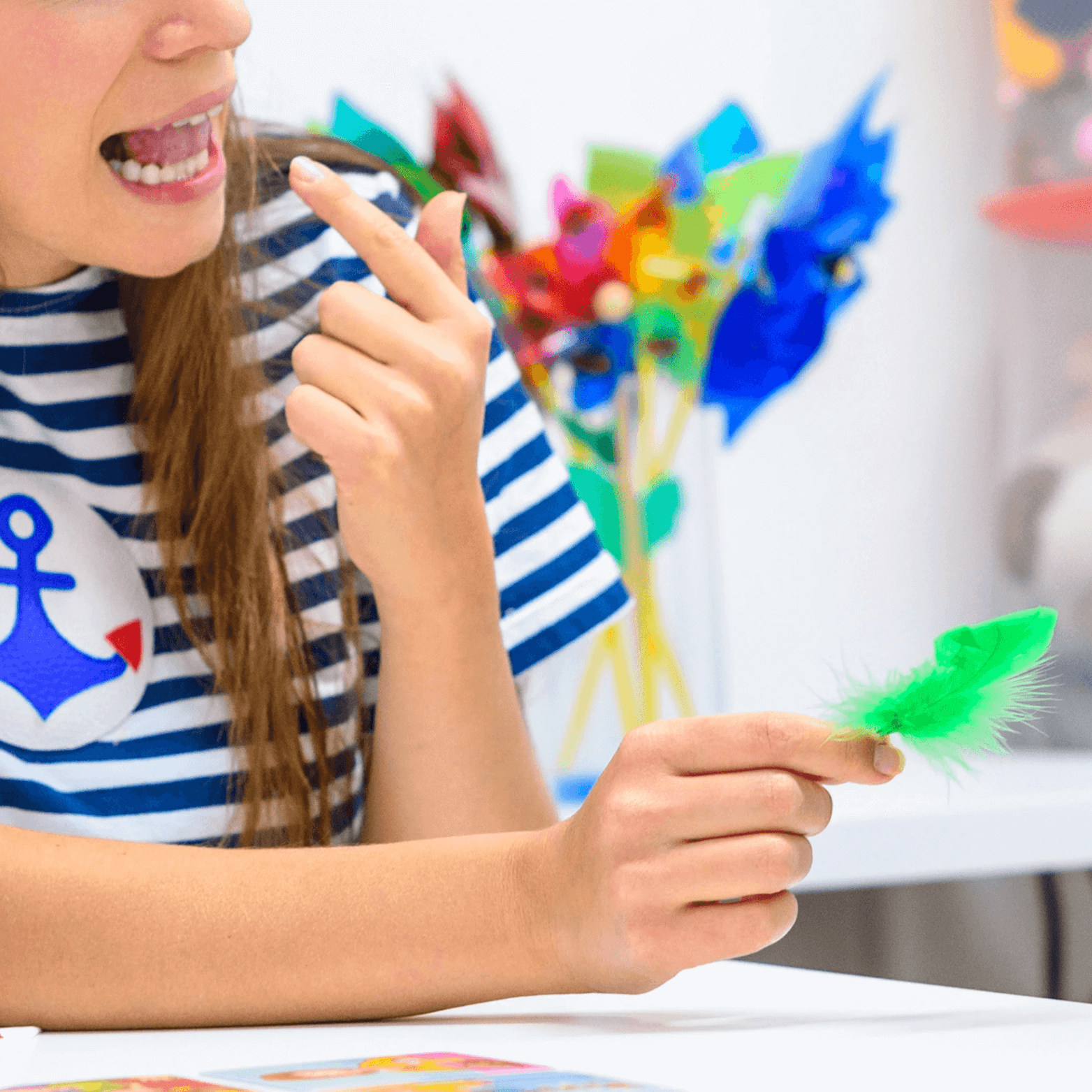This week began with the celebration of European Speech Therapy Day , a date that is celebrated every year on March 6. The purpose since this date was approved in 2004 is to raise awareness among the European population about language and communication disorders, to disseminate the importance of the speech therapist profession and to disseminate the rights of patients or the treatments that exist.
In this article we will explain when speech usually appears in children, what toys help stimulate knowledge of language and communication, and what the main functions of the children's speech therapist are, as well as the pathologies that this professional helps to treat.
What does a children's speech therapist do?

Speech therapists are health professionals dedicated to prevention, detection, promotion, education, administration, evaluation, diagnosis, treatment, rehabilitation, habilitation, prognosis, guidance, counseling, teaching and research in the areas of human communication and its alterations. as explained by the General Council of Colleges of Speech Therapists.
Alfonso Igualada states for the Health Studies blog of the Open University of Catalonia that “the speech therapist has a decisive role in the health of swallowing and human communication.” Its professional role is to provide awareness of the diversity of language, improve the health and quality of life of those who have a related pathology and also teach people to swallow, drink or breathe safely, produce sounds with their voice or understand speech. written language.
Children's speech therapists are dedicated to this work in children and adolescents, detecting, preventing, diagnosing and treating problems related to voice, hearing, speech, communication, oral or written language or chewing, swallowing, sucking, breathing and blew it.
They also often work with children who have intellectual or neurodevelopmental disorders, such as attention deficit disorder (ADHD) or autism spectrum disorders (ASD).
Speech therapists treat more than twenty different pathologies , from tinnitus to head and neck cancers, recovery after tracheostomy, cerebral palsy, Parkinson's, brain damage caused by accidents such as stroke, Williams syndrome , apraxia of speech, aphasia or dysphagia.
In the case of children, the most common problems of this type that are treated in childhood are stuttering, dyslexia, dysgraphia and dysorthography, as well as speech sound disorders.
When do children develop speech?

The National Institute on Deafness and Other Communication Disorders explains that the first 3 years of life are the most intensive period when it comes to acquiring speech and language skills, since the brain is in the process of development and maturation. Sensory stimulation helps the child develop speech more fluently and earlier.
Some especially important stages are distinguished in the communication and acquisition of language by the baby, although not all children develop them in the same way.- Newborn to 3 months : already reacts to sounds, calms or smiles at the voice of loved ones, sucks or eats in response to sounds and cries according to needs.
- 4 to 6 months: at this stage they can respond to changes in tone of voice, follow sounds with their eyes, pay attention to music, laugh or babble with a wide variety of sounds, especially when excited or sad . He also makes gurgling sounds when playing.
- From 7 months to 1 year: in this phase he listens when you talk to him, understands some common words, responds to requests, babbles to get attention, is able to emit long and short groups of sounds, turns his head and looks at the source of the sound. sound or communicates by making gestures. By the first year, he can already say his first words.
- From 1 to 2 years : at this time he knows parts of the body, follows and understands simple commands and questions, enjoys stories and songs, is able to point to the pictures in a book, progressively acquires new words and asks short questions or groupings of words .
- From 2 to 3 years : at this stage he uses a word for almost everything, knows how to compose 2 or 3 word sentences to ask for things, names objects and speaks in a way that the family is able to understand.
- From 3 to 4 years : at this time he listens if you call him from another part of the house, he answers questions about who?, what?, where? and why? He talks about what he does at school or at home, constructs sentences of more than 4 words and vocalizes fluently.
- From 4 to 5 years : listens to, understands and repeats stories and can answer questions about them, his sentences are enriched with details, he communicates easily with other children and adults and pronounces most sounds correctly. Some of the most complex are g, f, s, r, l and ch.


0 comments